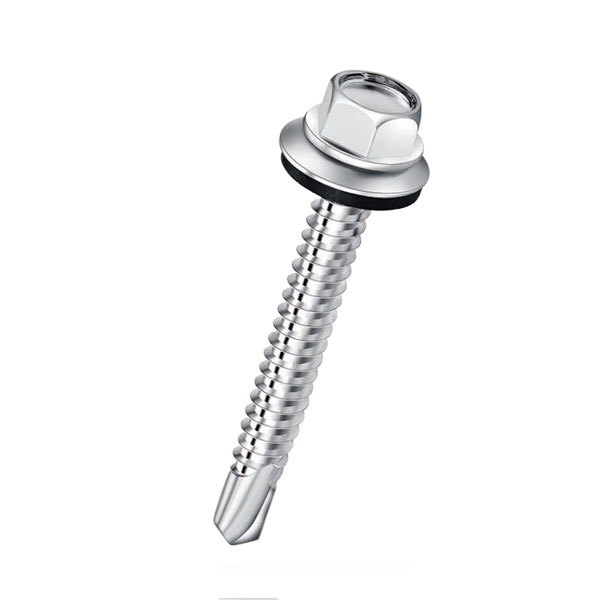split lock washer vs flat washer company
Split Lock Washer vs. Flat Washer Understanding Their Differences and Applications
When it comes to fastening components in various mechanical applications, choosing the right type of washer can significantly influence the performance and reliability of the assembly. Two common types of washers used in fastening systems are split lock washers and flat washers. Each serves distinct purposes and is designed for specific applications in industries ranging from automotive to construction.
Split Lock Washers An Overview
Split lock washers are specifically designed to prevent nuts and bolts from loosening due to vibration and movement. They are characterized by their helical shape and a split that creates a spring-like effect. This design allows the washer to exert a continual force through its deformation, applying pressure against the nut or bolt head. The main advantage of split lock washers is their ability to maintain tension and resist loosening in dynamic environments, making them ideal for applications like machinery, automotive assemblies, and even aerospace components, where vibrations are common.
Flat Washers An Overview
On the other hand, flat washers are simple, disc-shaped pieces of metal or plastic that provide a smooth surface for load distribution. Their primary purpose is to prevent damage to the surface of materials that are being fastened, such as wood, plastic, or metal. Flat washers also help to increase the bearing surface of a bolt or nut, distributing the load more evenly and preventing damage to the workpiece. They are beneficial in applications where weight, stress distribution, and surface protection are critical.
split lock washer vs flat washer company

Comparing Applications
The choice between split lock washers and flat washers often comes down to the specific requirements of the application. If the primary concern is to prevent loosening due to vibrations, then split lock washers are the preferred choice. They are particularly useful in high-vibration environments like engine mounts, conveyor systems, or any machinery subject to shock loads.
In contrast, if the focus is on protecting the surface of the materials being fastened and distributing the load evenly, flat washers are more appropriate. They find their use in applications such as furniture assembly, deck construction, and general fastening tasks where surface protection is essential.
Conclusion
In summary, both split lock washers and flat washers play crucial roles in ensuring the integrity and durability of mechanical assemblies. While split lock washers are ideal for preventing loosening due to vibration, flat washers excel in distributing loads and protecting surfaces. Understanding the differences between these two types of washers enables engineers and builders to make informed decisions that enhance the overall reliability and performance of their projects. When selecting washers, it is vital to consider the specific demands of the application, as the right choice can lead to more robust and enduring assemblies.
-
Top Choices for Plasterboard FixingNewsDec.26,2024
-
The Versatility of Specialty WashersNewsDec.26,2024
-
Secure Your ProjectsNewsDec.26,2024
-
Essential Screws for Chipboard Flooring ProjectsNewsDec.26,2024
-
Choosing the Right Drywall ScrewsNewsDec.26,2024
-
Black Phosphate Screws for Superior PerformanceNewsDec.26,2024
-
The Versatile Choice of Nylon Flat Washers for Your NeedsNewsDec.18,2024










